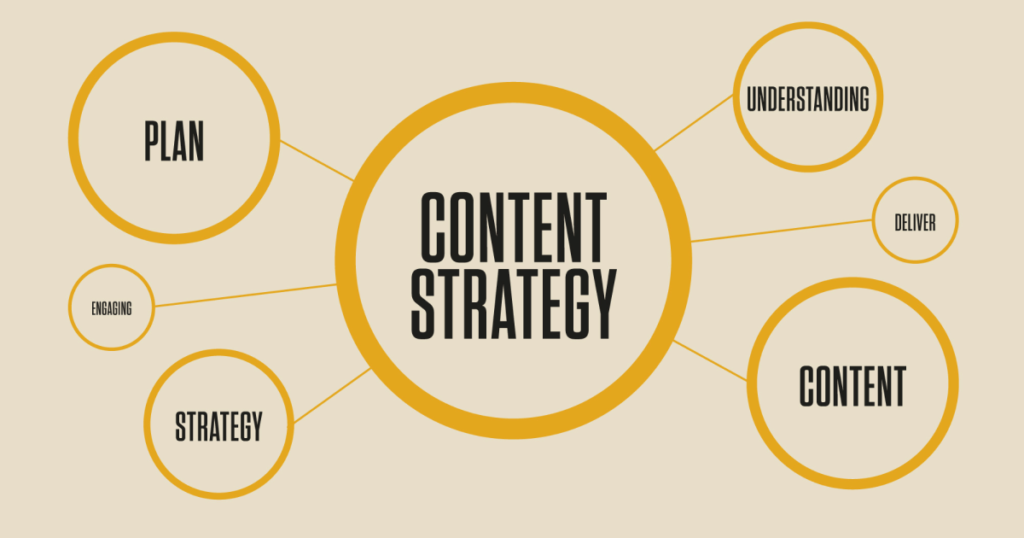360 Degree Digital Campaign is about culture building to think or act only digital
They say, “When in Rome, do as the Romans do.”
This proverb cannot be more relevant in an era when words like “social media,” “digital marketing,” “e-commerce,” “retail therapy” have creeped into the routine vocabulary of the layman. Thus, in a digital era, you’ve got to join the bandwagon.
Where Digital has become our DNA.
Startups as well as major businesses have switched to online marketing to transcend boundaries, geographies, and cultural gaps and expand their customer base, leveraging social media and myriad online platforms to peddle their wares beyond mere shop counters.
Living in digital times, it is impossible to function without the sweeping influence of digital technology that has officially assumed the cult-like proportions of popular culture. Living in such times, 360-degree digital consumption has become the consumer’s as well as the digital marketer’s bread and butter.
A 360-degree digital campaign focused on culture building to think and act only in the digital realm involves creating a comprehensive strategy plan that encompasses the A-Z aspects of digital communication and engagement.
Essentially speaking, it aims to cultivate a digital-first mindset and establish a digital culture within an organization or community.
Here are some key elements to consider when implementing a 360-degree digital campaign for culture building:
1. Digital Communication Channels:

Various digital channels such as websites, social media platforms, email marketing, mobile apps, and messaging apps can be utilised to communicate the digital culture message effectively. For this reason, there’s been an overt shift towards mobile-first strategies.
As mobile devices continue to dominate internet usage, businesses are increasingly adopting mobile-first strategies to ensure digital marketing efforts are optimized for mobile applications and offer seamless customer experience.
A Forrester Consulting report revealed that investing in user experience design can increase conversion rates by 400%
That is why pins, reels, Youtube shorts are becoming increasingly popular in digital marketing as their capsule size is designed keeping the short attention span of users in mind.
In March of 2021, YouTube shorts had been released in America and 26 other countries, and in a short span of time, their daily viewership doubled to 6.5 billion and it was selling like hot cakes. In July 2021, this feature became available in over 100 countries worldwide and surpassed the 15 billion benchmark for the average daily average.
Hence, long before the world knew it, the digital design of YouTube shorts had taken the world by storm.
In 2023, Google said that YouTube shorts has reached 50 billion daily views worldwide.
As a matter of fact, the whirpool structure of Youtube shorts is so arresting that people end up addicted to scrolling, unconsciously getting sucked into the vast ocean of news and data for hours at a stretch.
2. Content Strategy:

Develop a robust content strategy and create compelling and engaging content across different formats, including articles, videos, infographics, and podcasts can enable the digital culture to spread like wildfire.
For instance, podcasts and audiobooks have become a popular way for people to consume audio content. Since this form of content can be clubbed in with other activities such as working out or running on a treadmill, an estimated 104 million people in the US alone are listening to podcasts regularly due to their viable packaging design.
An insightful poll from the American Audiobook Publishers Association found that 60% of respondents own a smart speaker such as Amazon Echo, Google Home or Apple HomePod, and 46% of smart speaker owners have used it to listen to an audiobook, which is up 31% from 2020.
As far as written text is concerned, even they have been digitalized as hefty paperbacks and hardcovers have been thrown on the backburner and e-books, Kindle, etc have become the choice of even the nerdiest of introverts. Their portability and convenience of consumption has added to their preference appeal.
Here are some fun facts about ebooks:
- Amazon is known to have sold at least 487 million Kindle books.
- Amazon’s e-book market share is estimated at 67%
- In 2020, people spent $405 million on ebooks.
3. Training and Education:

The increased use of artificial intelligence and machine learning is being generously added in digital marketing plans to improve targeting and personalization, automate processes, and optimize campaigns.
After the towering success of Microsoft’s ChatGPT, Google launched Bard having recognized the humungous potential of AI in terms of personalized and interactive digital chatbots doling out fast-paced solutions/ answers/ ideas to incoming queries.
In content marketing fields, Chatgpt is extensively used by copywriters and content writers to churn out raw ideas and prepare the vast Armada of content that is needed to launch digital campaigns.
Apart from this, the artificial intelligence chatbots are also used by students to prepare for competitive entrance exams as it has emerged as a formidable teaching tool.
In a recent research conducted by a professor at the University of Pennsylvania’s Wharton School, it was revealed ChatGPT passed the final exam for the school’s Master of Business Administration (MBA) program with flying colours.
In the research, Wharton business professor Christian Terwiesch said, “the chatbot did an amazing job in giving answers to simple questions related to operations management and process-analysis questions.”
This has significantly digitalized education for students. In fact, Executive Certificate Program in Digital Marketing, Analytics and AI Enablement as well as Global Post Graduate Program in Digital Social Media & IoT to cater to this digital transformation on the educational and professional front and equip students with Gen-Z specializations.
In a nutshell, the courses are designed for professionals and students alike who want to fit into the new-age digital culture seamlessly and pursue a career without the insecurity of layoffs, their skills getting replaced by AI or running into a career rut.
Thus, by implementing a 360-degree digital campaign focused on culture building, organizations can foster a digital-first mindset, encourage innovation, and effectively navigate the digital landscape. It helps create an environment where digital transformation becomes ingrained in the organization’s DNA and drives sustainable growth and success.

